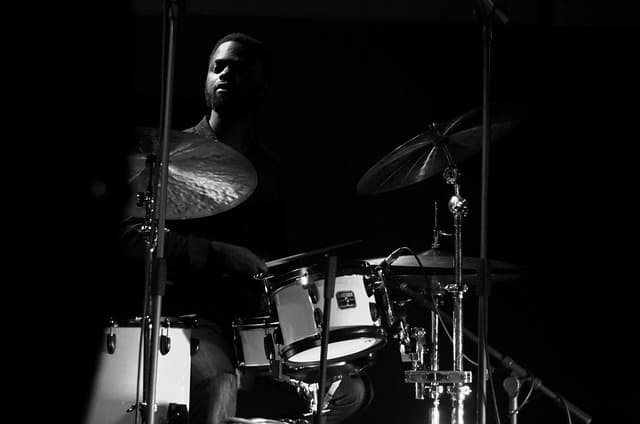Choice of Plates
Each cymbal has a unique sonic character. When choosing, you should pay special attention to the genre of music in which you are working. After testing the parts in the store, you cannot be 100% sure that they will perform as well during the next performance. It is not recommended to choose thin cymbals for heavy music. Even though they will sound great while listening, they will not withstand a lot of stress and will break. Sheet cymbals are cut from large sheets of metal of equal thickness and composition. They have a very consistent sound from start to finish within the same model and tend to be cheaper than cast cymbals.
The main types of cymbals are:
- open;
- crash cymbals;
- hi-hat.
What should you pay attention to when choosing one?
To test the sound you need exactly the way you are going to use it all the time. So if the consultant says that the product is too thin, it is better not to consider it as an option. It is best to try cymbals with a medium weight and then, depending on the sound, select a thinner or thicker one. Set up the parts exactly as they will be in your setup before testing. This way gives you a chance to hear what it will actually sound like. You need to hit the cymbals with the same force and dynamics as you would during normal music practice at home or in the studio. That way you can discover for yourself all the possibilities of the options you’ve considered. It’s important to compare your old parts to the ones offered by the store. With the same amount of force on each one and compare the pitch. Use your own drumsticks instead of the ones offered to you in the store. Listen to the opinions of people knowledgeable about it, if available. The instruments you like may not be suitable for your musical genre. For heavy music, choose exclusively heavy parts. You’ll be able to get a powerful sound from them without breaking them from the force of the blow, because it won’t be necessary.
